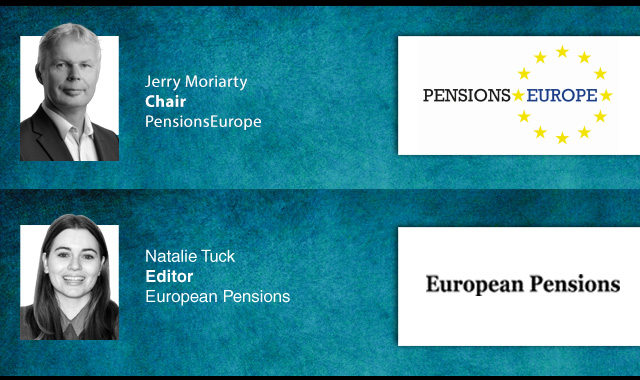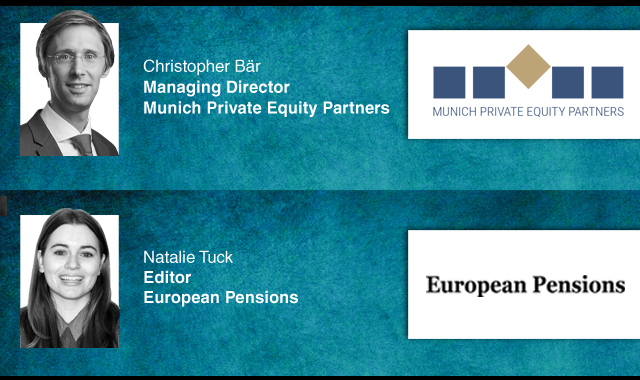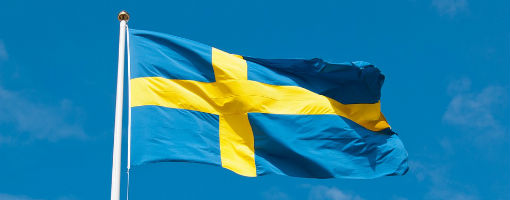The Swedish government has announced that it will undertake a review of how the First–Fourth AP Funds invest in unlisted assets, following recent concerns over the pension buffer funds' investments in the battery manufacturer Northvolt.
The Swedish pension buffer funds, AP1, AP2, AP3, and AP4, previously defended their Northvolt investment made through their jointly owned 4 to 1 Investments firm, stating that it was made in accordance with the AP Funds Act and its investment rules, which state that unlisted shares may be owned through a venture capital company.
In an update, the government acknowledged that whilst other unlisted assets have generated good returns and contribute to risk diversification in the portfolios, the management differs in many ways from the management of listed assets.
It also admitted that this is a "complex" asset class that places high demands on the right expertise, transparency and governance, confirming that it has now appointed external auditors to conduct an in-depth analysis of this investment activity.
"It is against the background of the discussion about unlisted investments that we have now decided on a review," Minister of Financial Markets, Niklas Wykman, said.
"The assignment is about getting to the bottom of how the funds make this type of investment and drawing lessons."
Announcing the review, the government stressed the need to learn from the experiences with the funds' investments in Northvolt, suggesting that there are specific lessons to be learnt around the need for transparency in the governance of the funds.
Indeed, one aspect that has been highlighted after the investment failed is the structure with the limited partnership 4 to 1 Investments KB, a company that had no employees and made no other investments.
Given this, the government confirmed that this arrangement is also something that will now be evaluated.
As part of the review, Arkwright AB will conduct an in-depth analysis of the forms of the First–Fourth AP Funds' investments in illiquid assets.
This means that the forms of jointly owned venture capital companies, such as 4 to 1 Investments KB, and real estate companies, both when jointly owned by the funds themselves and when jointly owned with external parties, as well as side investments, will be analysed.
The reviewers will also examine how the funds monitor their interests in unlisted assets, and how they staff themselves internally for the task.
This will be particularly highlighted in relation to investments in unlisted venture capital companies and real estate companies, as well as in the case of side investments.
The assignment also aims to analyse whether, and if so, how, the form and size of the investments affect how actively involved the funds are.
In addition to this, the review will look at how the funds ensure that the chosen forms of investment are followed up and staffed correctly, as well as examining whether the choice of staffing differs when the funds jointly make co-investments in unlisted venture capital companies, or when they make co-investments with external actors and why.
The findings from the review will be shared no later than March 2026.
This builds on broader plans to tighten the competence requirements for board recruitment to the AP funds, which will mean that the board as a whole must have high competence in asset management and sufficient competence in, among other things, financial economics, sustainability, and public administration.
Alongside the news of the review, the Swedish government has shared a report on the operations of the pension buffer funds for 2024.
This showed that 2024 was characterized by strong development in global stock markets, while interest rates fell and the krona weakened against both the euro and the US dollar.
In total, the combined result for the First–Fourth and Sixth AP Funds (the buffer funds) amounted to SEK 188bn after costs, corresponding to a return of 9.5 per cent.
Since the current pension system was introduced in 2001, the average return on the buffer funds' total fund assets has been 6.3 per cent per year.
At the end of 2024, the total capital in the buffer funds amounted to SEK 2,130.2bn.
Latest News
-
€550bn Dutch pension shift to trigger ‘significant unwind’ of longer-dated bonds
-
NBIM ‘all-in on AI’ as it publishes updated strategy
-
Sweden's AP7 introduces risk-based exclusions framework; 35 companies excluded
-
Finnish pension reform ‘increases volatility’ but paves way for rise in long-term returns – ETK
-
Watts Clift pension scheme completes £4m buy-in with Aviva
-
Sweden’s AP1 bows out with over SEK 500m in assets
Podcast: Stepping up to the challenge

In the latest European Pensions podcast, Natalie Tuck talks to PensionsEurope chair, Jerry Moriarty, about his new role and the European pension policy agenda
Podcast: The benefits of private equity in pension fund portfolios

The outbreak of the Covid-19 pandemic, in which stock markets have seen increased volatility, combined with global low interest rates has led to alternative asset classes rising in popularity. Private equity is one of the top runners in this category, and for good reason.
In this podcast, Munich Private Equity Partners Managing Director, Christopher Bär, chats to European Pensions Editor, Natalie Tuck, about the benefits private equity investments can bring to pension fund portfolios and the best approach to take.
In this podcast, Munich Private Equity Partners Managing Director, Christopher Bär, chats to European Pensions Editor, Natalie Tuck, about the benefits private equity investments can bring to pension fund portfolios and the best approach to take.
Mitigating risk
BNP Paribas Asset Management’s head of pension solutions, Julien Halfon, discusses equity hedging with Laura Blows
© 2019 Perspective Publishing Privacy & Cookies







Recent Stories